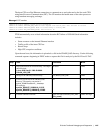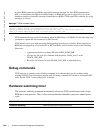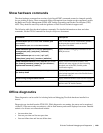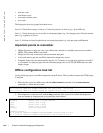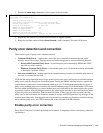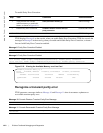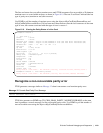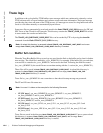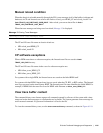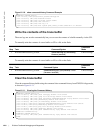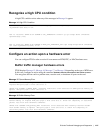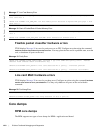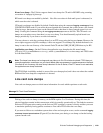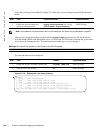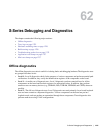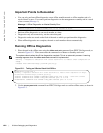
E-Series TeraScale Debugging and Diagnostics | 1215
Manual reload condition
When the chassis is reloaded manually (through the CLI), trace messages in all of the buffers (software and
hardware) in CP and linecards are saved to the flash as reload_traceRPM0_CP and reload_traceLP1 in
flash:/TRACE_LOG_DIR/TRACE_CURR_BOOT. After reload, you can see these files in flash:/
TRACE_LOG_DIR/TRACE_LAST_BOO
T.
When the trace messages are being saved on reload, Message 13 is displayed.
The CP and LP trace file names at chassis reload are:
• CP: reload_traceRPM0_CP
• LP: reload_traceLP1
CP software exceptions
When a RPM resets due to a software exception, the linecard trace files are saved to flash:/
TRACE_LOG_DIR
directory.
The CP and LP trace file names in the case of a software exception are:
• CP: failure_trace_RPM1_CP
• LP: failure_trace_RPM1_LP1
For systems with a single RPM, the linecard traces are saved on the failed RPM itself.
For systems with dual RPM, linecard trace logs are saved when the CP, RP1, or RP2 crashes. The linecard
trace logs are saved on the new Primary RPM. The linecard trace file name identifies the failed RPM. For
example, if RPM0 fails the trace files saved in RPM1 with filename as
failure_trace_RPM0_LP1.
View trace buffer content
The command-history trace feature captures all commands entered by all users of the system with a time
stamp and writes these messages to a dedicated trace log buffer. The system generates a trace message for
each executed command. No password information is saved to the file.
To view the command-history trace, use the
show command-history command, as shown in Figure 61-10.
Message 13 Saving Trace Messages
Starting to save trace messages… Done.



